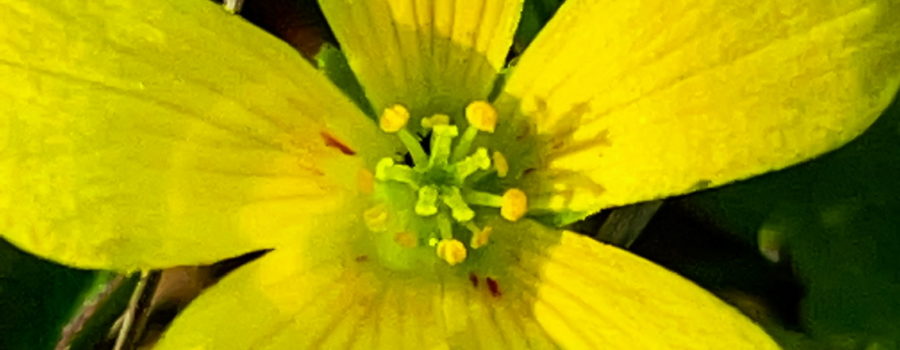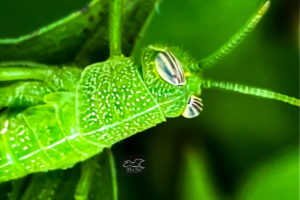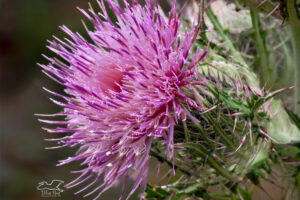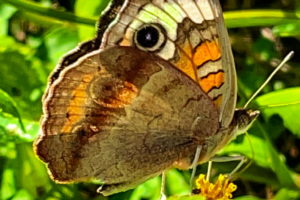Slender Yellow Wood Sorrel is Another Beautiful Florida Weed

It seems like every spring some new type of pretty “weed” shows up in our play yards at work. I guess those yards do tend to have a lot of the qualities that attract these types of plants. They are open with plenty of sunlight during the day. We keep them mowed, so smaller plants get access to that sunlight, and we don’t use pesticides or herbicides. They are also on what would definitely be considered disturbed land, which weeds seem to like. This spring one of the first flowers that started to bloom out there was the slender yellow wood sorrel (Oxalis dillenii), also known as southern wood sorrel, yellow wood sorrel, and Dillen’s oxalis. It’s difficult to miss since it has bright yellow flowers. They tend to be fairly small (8-20 mm across), but their color makes them stand out among the green grass and their green trifoliate leaves.

Slender yellow wood sorrel is fairly common in the United States, and can be found in all but four states. It is also common across southern Canada, and is more prevalent in the eastern half of both countries. It is also fairly common in much of the rest of the temperate world, and is believed to have originated in North America, although there is some controversy over that. In the United States it is commonly classified as a weed, but seeds and plants are also sold commercially for use as ornamentals. It can be found growing wild in forests, along roadsides or along power line right of ways, in meadows, fields, pastures, and construction sites. It is a very common lawn weed in much of it’s range. It does require plenty of direct sunlight and the flowers and leaves tend to close up on cloudy days and at night. It also likes well drained soil that does get fairly frequent water, making it perfect for this area.

Slender yellow wood sorrel mainly reproduces via seed production. It has a fairly long, tuberous tap root that can also occasionally allow reproduction via rhizomes. The seed capsules are banana shaped and contain numerous seeds each. The capsules open explosively when ripe and can disperse the seeds for a couple of yards. Flowers usually begin to appear in the early spring and will continue into the early fall. In warmer climates like southern Florida, they may even bloom all year since they are considered perennials. The plants, if left unmowed, can grow up to 8-9 inches tall and are covered with leaves that resemble clovers. The stems tend to be covered in short, course hairs, which is one way to distinguish this species from other similar looking ones. Younger plants tend to be more heavily haired than older plants.

Like so many other ”weeds” out there, these interesting plants can have a number of uses. Native Americans used to chew them when thirsty, and some tribes used them medicinally to treat mouth sores and sore throats. They will also work as an astringent on skin sores, help to relieve nausea, and reduce fevers. Slender yellow wood sorrel is considered edible and tends to have a tart lemony taste due to the fact that it contains oxalic acid. People use them in salads, soups and stews, as a garnish, or dry them for use as a spice. All parts of the plant are considered edible, but if eaten, should be eaten in moderation since oxalic acid can be toxic and can contribute to the formation of kidney stones. Not only is this plant edible for people, but it also attracts wildlife. The flowers are pollinated by butterflies, bees, wasps, and ants, while the leaves and seeds are sometimes eaten by wild birds like quail and wild turkeys. So once again we see that one man’s weed is another man’s vegetable or medication. Add in the fact that many people worldwide buy slender yellow wood sorrel as an ornamental plant and it will attract desirable wildlife, and in my opinion you have a winner here. And if it decides to take up residence in my lawn, I will welcome it’s pretty yellow flowers.





Recent Comments